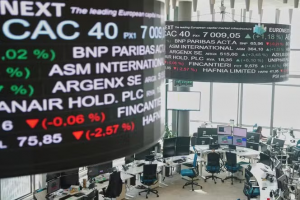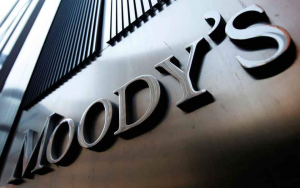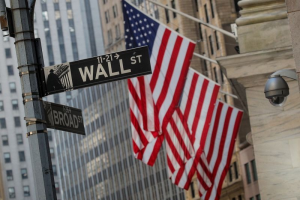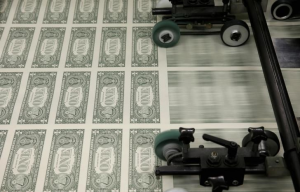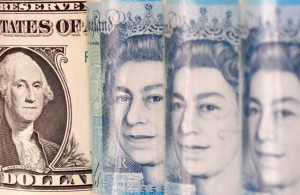The U.S. dollar edged marginally higher Wednesday, struggling to push much higher amid uncertainty of the trade outlook, while sterling slipped after benign inflation data and ahead of the latest U.K. fiscal update.
At 04:00 ET (09:00 GMT), the Dollar Index, which tracks the greenback against a basket of six other currencies, traded 0.1% higher to 103.887, but remains on course for a drop of around 4% over the first quarter of this year.
Dollar awaits more tariffs information
The dollar rose slightly early Wednesday, but gains are hard won after the release of weak U.S. confidence data amid concerns about the effect of sweeping tariffs on U.S. growth.
The U.S. currency appears to be in something of a holding pattern ahead of next week, when President Donald Trump has indicated he will provide details of a new round of tariffs on autos, chips and pharmaceuticals.
“Next week’s tariff announcement also needs to be seen in the context of any ’Mar-a-Lago’-type plan for restructuring the global trading system,” said analysts at ING, in a note.
“The key understanding in this plan is that the dollar would initially rally on the back of tariffs to provide protection to the US consumer. This may still be the case if the tariffs are aggressive enough against the EU and China – two of the largest trading blocs running large surpluses with the US. In the interim, however, expect the dollar to trade in relatively tight ranges.”
U.K. inflation slows
In Europe, GBP/USD fell 0.4% to 1.2889, after British inflation slowed by more than expected in February, providing some relief to Chancellor Rachel Reeves ahead of her latest fiscal update later Wednesday.
Consumer prices rose by 2.8% in annual terms in February after a 3.0% increase in January, with the index expected to have remained unchanged.
Finance minister Rachel Reeves is set to deliver her spring statement later in the session, and is expected to announce further cuts to welfare benefits and government departments.
The government announced big welfare spending reductions last week, but the chancellor is set to expand the cuts after being told reforms to the system would save less than planned.
Reeves is also expected to announce an additional £2.2 billion pounds for defence spending as the major European countries scramble to boost regional security.
EUR/USD traded marginally lower to 1.0791, retreating from last week’s five-month high, with the euro showing little immediate reaction to U.S. deals with Russia and Ukraine to pause attacks at sea and on energy targets.
“We do, however, think that financial markets are under-pricing the risk to the euro from next week’s tariff news. The EU (led by Germany) runs a large trade surplus with the US and will likely, alongside China, be at the forefront of Washington’s reset on global trade,” said ING.
“We’ve got a 1.05 forecast for EUR/USD by the end of the second quarter on the back of the tariff story.”
Yen slips slightly
In Asia, USD/JPY rose 0.2% to 150.12, with the yen slipping slightly even after the Bank of Japan governor stated Wednesday that interest rates must rise if sustained food price hikes trigger broader inflation.
USD/CNY edged 0.1% higher to 7.2638.
U.S. President Donald Trump is set to impose reciprocal tariffs on April 2, and apprehension of this event has led to marginal movements in Asian currencies, as market participants adopt a wait-and-see approach ahead of the tariff implementation.



